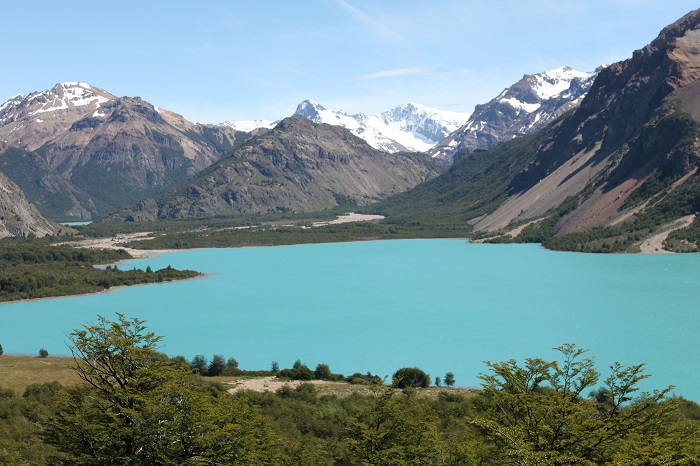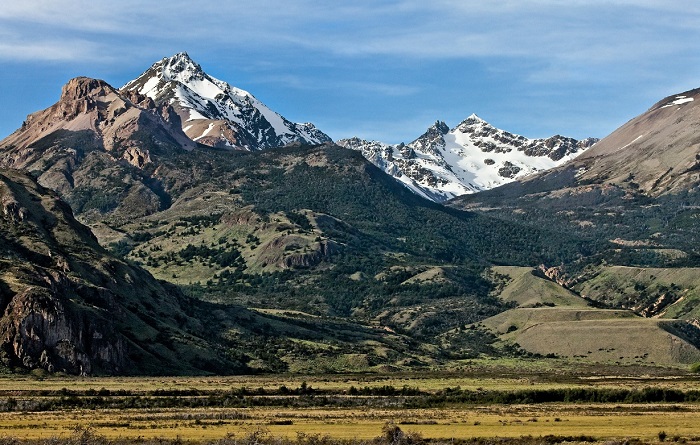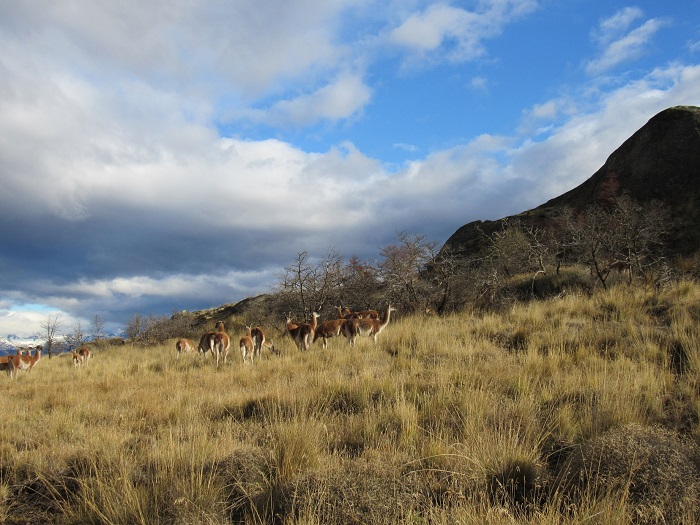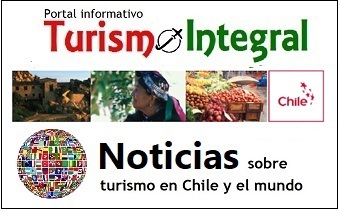With the creation of the Patagonia National Park, whose decree was published on Tuesday December 11 in the Official Gazette, Chile will now have 40 national parks in the National System of Protected Wild Areas (SNASPE), which CONAF manages and which also includes the categories of national reserves and natural monuments.

Jeinimeni National Reserve, in the Patagonia National Park.
The new national park, with an area of 304,527.75 hectares, integrates the former Hacienda Chacabuco lands, donated by the Tompkins Conservation Foundation, plus the Jeinimeni and Cochrane Lake National Reserves, as well as fiscal lands, and represents a major advance in the conservation of ecosystems, especially of the Patagonian steppe, which until now is underrepresented in the SNASPE.
This park is located in the transition zone between the arid steppe of the Argentine Patagonia and the temperate coigüe forests of the Chilean Patagonia, encompassing a range of ecosystems that includes pastures, mountains, coigüe forests and wetlands.
For the executive director of CONAF, José Manuel Rebolledo, the creation of this national park «demonstrates that initiatives from the public and private sectors can be transformed into an action for the protection of renewable natural resources and also the possibility of local development, encouraging visitation responsible and sustainable, most important nationally and internationally, as this initiative is part of the Network of Parks of Patagonia.

Patagonia National Park.
This was also highlighted by Carolina Morgado, executive director of Tompkins Conservation Chile, who pointed out that with this new National Park the Network of Parks is becoming concrete, which is the starting point for the Patagonian Parks Route, a scenic tour of 17 National Parks and more than 60 surrounding communities. Also, this milestone allows us to move towards the delivery of the parks to CONAF and the consequent tender of the infrastructure for tourist use, such as hotel, restaurant and campsites «.
The new national park will protect a representative sample of biological diversity found in the Region of Aysén, constituting the home of many threatened species, such as the huemul, an emblematic species nationwide, puma, fox, guanaco and several species of bats. The most abundant herbivore that exists in all of Patagonia is the guanaco, of the camelid family, and it feeds on 75% of all the plant species of the Patagonian steppe. The guanaco is one of the most fundamental species: they prevent pasture species from dominating the land, act as excellent dispersers and fertilizers, and have high percentages of productivity, serving as food for their carnivorous neighbors, especially the pumas.

Also highlighted in this unit are continental aquatic ecosystems with a large presence of birds and a public use infrastructure of high quality and potential for nature tourism, highlighting the trails, lodge, restaurant, camping sites, Museum and Visitor Center and major infrastructure .
With the creation of the Patagonia National Park, which integrates the Jeinimeni and Cochrane National Reserves, now the system of protected areas will officially have 102 units, of which 40 are national parks, 46 national reserves and 16 natural monuments, with a superior surface to 15 million hectares, about 20% of the national continental territory.
